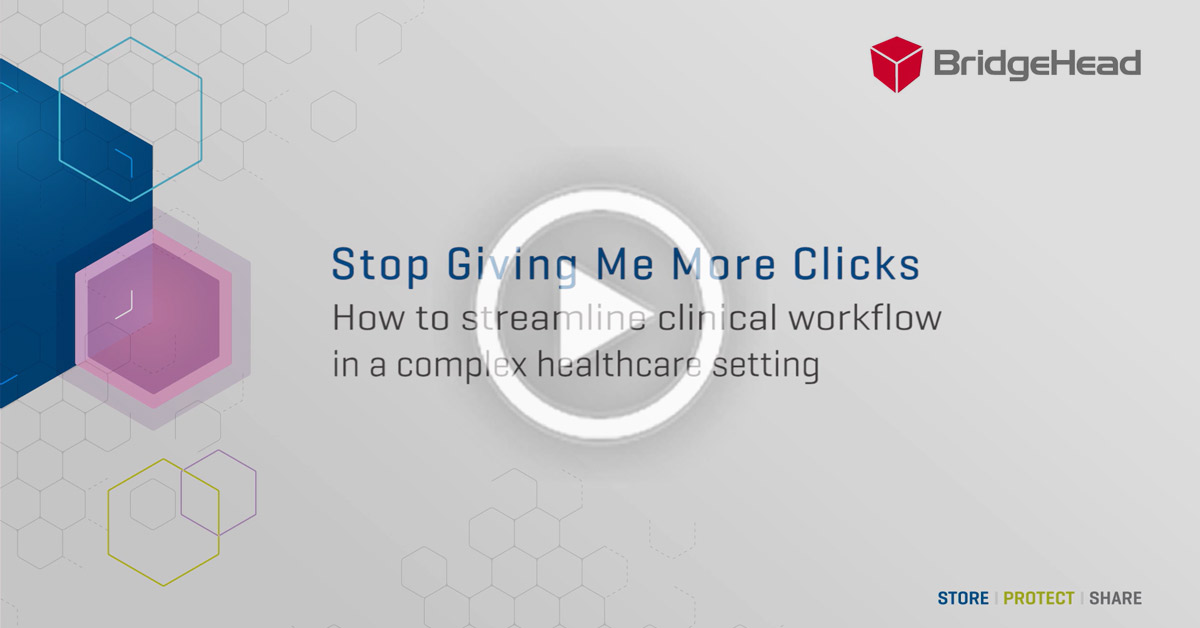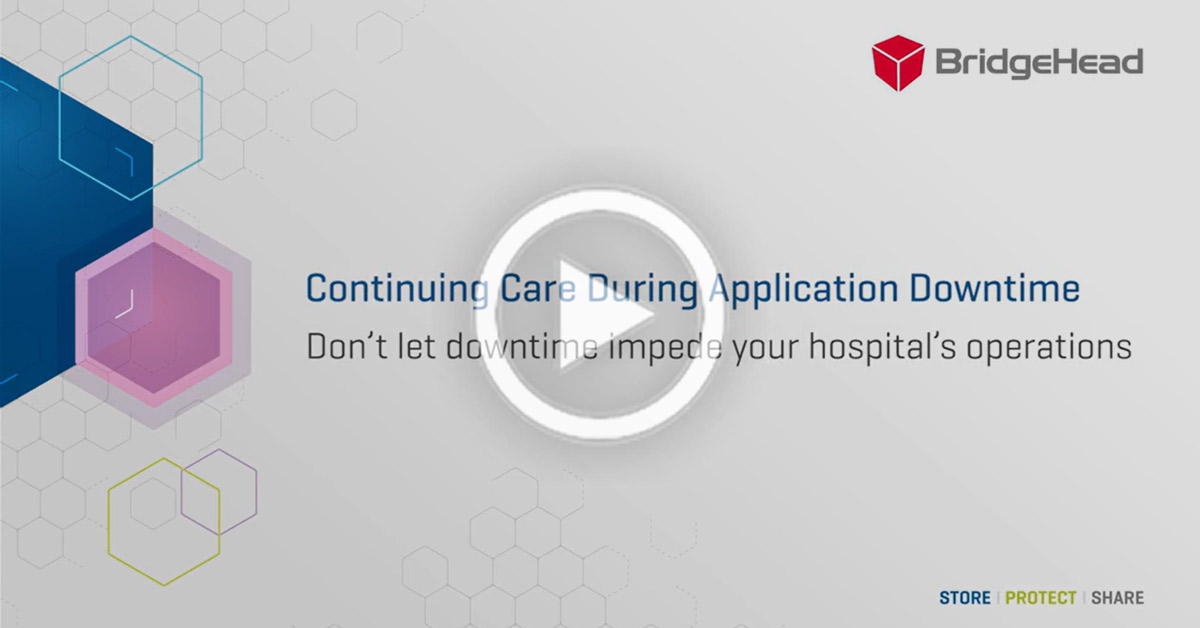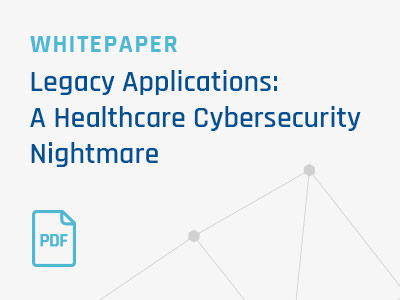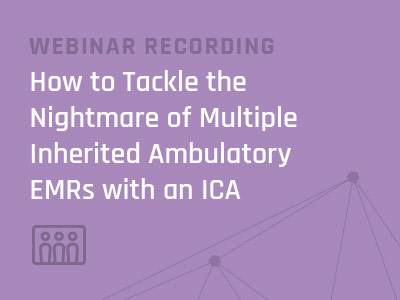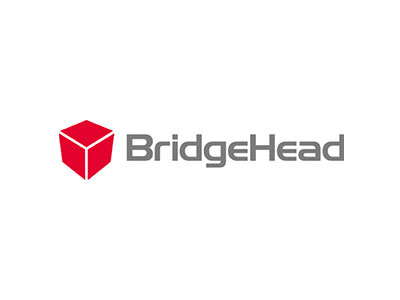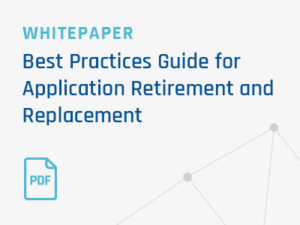All You Need To Know About Legacy Application Retirement
Page Contents
- What Are Legacy Applications?
- Why Should I Retire My Legacy Applications?
- Key Drivers of Health IT Legacy Application Retirement
- 6 Challenges Preventing You From Retiring Your Legacy Applications
- Best Practices: Integrating Legacy Application Data into Your Systems
- How BridgeHead Helps Reduce the Cost and Risk of Legacy Application Retirement
Share
What Are Legacy Applications?
A lot has changed since the first generation of electronic medical records (EMRs) hit the market in the ‘90s. New generations of EMRs, ambulatory systems, and other technologies have been implemented. This has left hospitals and care networks with too many overlapping or redundant solutions and siloed data sets – legacy applications. Many organizations are now considering why and how to retire these legacy applications. This article discusses the reasons and benefits of doing this.
While legacy applications are often thought of as software solutions that are obsolete or outdated (which is certainly true), this a limited definition. Legacy applications may still be functional and only recently abandoned for a more updated application. Newly replaced applications are, by nature, legacy. The technology has essentially been superseded by an alternative solution. Yet, the data retained in these newly replaced systems contain patient and administrative information that has considerable value for providers. Newly replaced EMRs are a great example of this.
Why Should I Retire My Legacy Applications?
Technology continues to evolve and providers are moving on to their second and third EMR implementations. This results in legal and operational issues relating to replaced and/or legacy systems and data access becoming increasingly complex.
This fragmented environment negatively affects the experience of both caregivers and patients. This creates challenges for business decision makers in healthcare: patient medical records and other data must be retained for clinical, legal, and operational reasons. However, it’s often unclear how to retain all the relevant information in a useful format that can be accessed by those that need it, when they need it.
Simply dumping old data into a new system is not a solution (especially for patient records). This is because legacy systems often contain information that is inaccurate, outdated, incomplete, or incompatible with current systems. For example, an old EMR might contain multiple IDs for the same patient or non-current insurance information. Likewise, importing patients’ medication history directly into a new system can cause issues if all the relevant data is not rationalized beforehand. While caregivers still need access to this type of historical information, the data will most likely not fit neatly into a new EMR.
About 50% of hospital CIOs surveyed by BridgeHead Software are responsible for at least 5 legacy applications—and 20% said they are responsible for more than 50 legacy systems.
This situation has left many hospitals maintaining duplicate or outdated systems using read-only licenses. Because the cost and risk of running legacy systems continually increases over time, this status quo is unsustainable for most organizations. However, complex legal and clinical requirements contribute to a pervasive fear of change. This prevents hospital leadership from effectively retiring legacy applications and integrating data into current systems.
Key Drivers of Health IT Legacy Application Retirement
There are multiple forces driving hospitals to retire legacy EMRs and other systems. A few of the biggest reasons include:
Improving clinical efficiency
Even in complex medical cases, clinicians only have a short amount of time to spend with each patient, which means they do the best they can with the information that’s available. Consequently, they are unlikely to log into multiple systems in order to try and build a comprehensive patient history and, as a result, may not have all the data at their disposal to make effective clinical decisions.
To improve clinical efficiency and patient experiences, hospitals must minimize the number of systems clinicians need to access.
Interoperability across the enterprise
Particularly for hospital networks that have completed mergers or acquisitions, data silos are a major challenge. Disparate EMR systems, inherited from physician practices or other facilities, often cannot communicate with the hospital’s primary EMR or other applications. To reduce cost and complexity, these legacy systems need to be decommissioned. However, the inherited data must still be accessible to clinicians, especially if it is related to ongoing episodes of care.
New technology and capabilities
Next-generation EMRs, as well as other new clinical and administrative systems, continue to enter the market, offering new features for clinicians and other users. But, by default, implementing a new system creates legacy applications within the health IT environment. To maximize the value of new technology, all current and historical data must be extracted, centralized and made available through the primary EMR or departmental applications. Duplicate or outdated systems must also be retired in a timely manner.
Cybersecurity
As any health IT application ages, it becomes inherently less secure. Cybercriminals have become increasingly focused on healthcare data in recent years. New software vulnerabilities are continually being discovered in old applications. Even in the absence of a malicious intrusion, aging systems still pose a growing risk of software or hardware failure that could result in lost information, operational disruptions, and regulatory violations; with severe consequences.
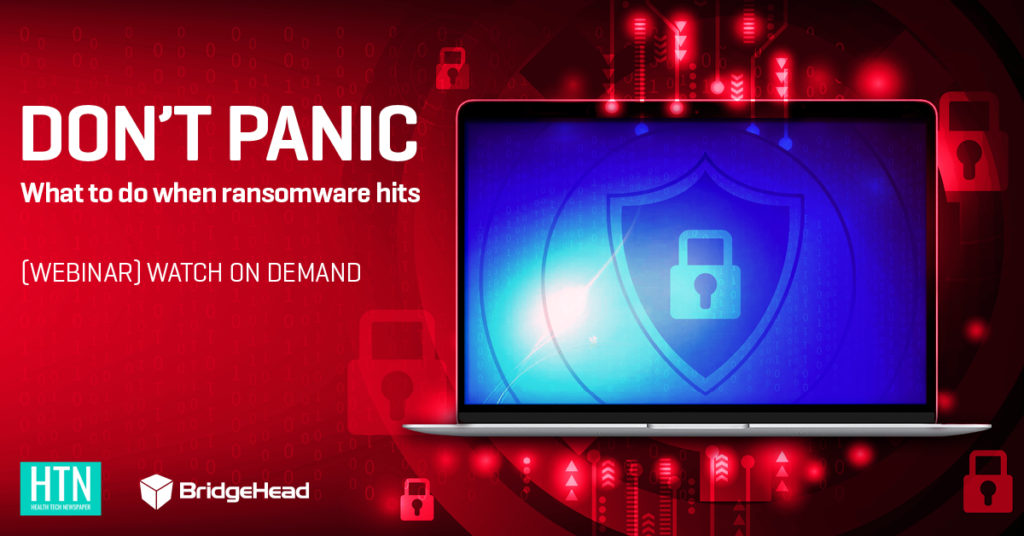
Cost
There is a significant cost impact in maintaining legacy applications. In the case of a legacy EMR that has been recently replaced by a new system, there may be licensing costs (e.g. a read-only licence), plus the associated annual maintenance and support charges, as well as the storage costs, power, cooling, etc. These costs can be sizeable and should not be overlooked. Remember, they are in addition to the operational costs of the new EMR. Furthermore, legacy applications often require specialist IT skills to support the software and/or hardware. Ensuring that staff maintain these skills requires both time and money. And, the older the legacy systems are, the more scarce these skills become and, thus, more expensive over time.
22% of U.S. hospital CIOs cited security concerns as a main reason to retire legacy applications
As a result of these market and regulatory forces, healthcare providers are struggling to resolve how they organize and manage legacy data to meet clinical and legal requirements effectively. Patient medical records obviously need to be retained. But they must also be easy for doctors, nurses and support staff to access during new or ongoing episodes of care.
The ideal solution is to transfer legacy data into a centralized repository that can be easily integrated with a hospital’s primary EMR and other systems. But, it is equally important to approach this goal in a way that removes barriers. Both in clinical workflows and empowering caregivers to deliver the best possible experience to their patients.
6 Challenges Preventing You From Retiring Your Legacy Applications
BridgeHead Software surveyed a sample of U.S. hospital CIOs in 2019 and found that more than 50% of respondents are responsible for five or more legacy applications. The survey identified a range of different issues that are holding hospitals back from decommissioning these applications, including:
- Trouble identifying a compelling alternative (26%)
- Burden of managing data transfer/migration (21%)
- Financial cost of decommissioning (16%)
- Competing priorities take precedence (16%)
- Unable to devote enough time (16%)
- Lack of internal agreement (5%)
It’s revealing that the most commonly cited barrier is not one of the “usual suspects” of cost, time, or competing priorities. Instead, the biggest obstacle is that organizations have not identified a compelling alternative to the status quo, in spite of the cost and complexity of maintaining legacy systems. This raises a critical question for every healthcare executive who is concerned with retiring or replacing legacy systems: what does a real solution actually look like?
Best Practices: Integrating Legacy Application Data into Your Systems
Minimize the number of clicks
Physicians have a limited number of minutes to spend with each patient during a typical visit. Caregivers need to use that time efficiently whether they are in a primary care setting or a busy emergency department. They shouldn’t have to waste any of this time navigating multiple applications to access complete medical records. Your clinical staff should have immediate access to legacy patient data accessible from within your current EMR. If the data takes more than a few clicks or keystrokes to access, the cumulative delays eat into clinicians’ time with patients and increase the risk of error.
Don’t rely on vendors to transfer your data
When you replace an EMR or other application, your old vendor has no incentive to help move your data into the new system—unless there’s a hefty price tag attached to the service. There’s a good chance your new vendor can’t or won’t be able to help much either. After selling you a shiny new system, they might not want to see it filled up with your old data, or they may simply be reluctant to get involved in handling your data at all. However you decide to approach application retirement or replacement, your solution should be focused on your needs, not your vendor’s.
Remember your non-patient data
Patient medical records get most of the attention when we talk about legacy systems and data—and there’s good reason for this. Hospitals can face serious repercussions due to violations of relevant regulations such as HIPAA in the U.S. and GDPR in the EU. However, healthcare providers have several other important data sets that need to be preserved securely beyond the lifecycles of specific IT systems. Payroll and other HR data are good examples. If this information is not retained appropriately, executives all the way up to a health network’s CEO and CFO can face criminal liabilities.
Engage your internal stakeholders
Within many hospitals and health networks, responsibility for decisions about application retirement or replacement can often be divided across IT, Health Information Managers (HIMs), compliance and governance officers, business managers and executive leaders. But the stakeholders most affected by these decisions are actually the physicians and other caregivers who use these systems on a daily basis. That’s why it’s so important to ensure that all of the groups that influence or make decisions are consulted and/or represented when considering retiring or replacing applications. When determining a solution for accessing your legacy data or integrating it into new systems, the needs and concerns of clinical staff should be front and center. As a decision maker, you should be asking yourself questions like:
- Will our chosen solution provide easy access to all current and historical patient information?
- How much time will it take to train our staff on the solution?
- How will the change affect day-to-day clinical workflows?
- Is this going to improve the patient experience?
- Will this improve patient outcomes?
When you understand how a new system or solution will affect the other stakeholders, you can articulate a clear business case for the decision, build support across the organization, and ensure a successful implementation. Find out more in our article “Retiring Legacy Applications: It’s Not All About Cost”.
Don’t wait for your legacy systems to fail
Every day you continue to maintain an outdated system increases the cost and risk of inaction. Your clinicians will be finding it increasingly difficult to access a complete patient history. Professional hackers will be using automated tools to search for vulnerabilities within your IT network. In a world where medical records are worth more than credit card numbers, record-breaking data breaches and ransomware attacks are occurring at an alarming rate. You absolutely cannot afford to ignore this risk. There will always be reasons to put off the decision. As humans, we often put more weight on smaller perceived costs and risks associated with taking action. But we don’t often compare this to the much larger risks and costs associated with inaction. You may be worried that you’ll be blamed when you deploy a new solution which isn’t the ‘perfect’ system of physicians’ dreams. But the far larger risk is that an outdated system will be breached or that you experience an unplanned failure(s). Don’t wait; take action now to secure your legacy data and the integrity of your IT network.
How BridgeHead Helps Reduce the Cost and Risk of Legacy Application Retirement
BridgeHead Software was founded to address healthcare data management challenges. BridgeHead’s approach to application retirement and replacement enables hospitals to take the risk and complexity out of the process by creating an independent repository of all data that needs to be retained. This eliminates reliance on legacy systems and vendors, while ensuring that no data is lost in the transition. With BridgeHead’s Independent Clinical Archive, HealthStore®, you can easily:
- Extract, consolidate, and securely store all of your current and historical data from any system that has become obsolete, redundant, or otherwise in need of retirement
- Organize and manage all types of data, from patient records and medical images to administrative files and other information
- Provide clinicians and other users with secure, role-based access to the data they need, at the point of care, with tools to easily search and filter relevant information
- Avoid paying the high prices that outgoing vendors often charge for data migration
- Move closer to the ultimate goal of a complete 360-degree patient history available through your primary EMR
- Streamline clinical workflows, increase patient flow, and improve the experience for both patients and care providers
“After working with BridgeHead to retire duplicate applications, we no longer have to worry about where patient information resides – it’s housed in a central repository out of direct ownership of the originating application. What this means for us, as we continue to expand and potentially acquire other practices, is that we don’t have to be concerned with how we handle inherited systems and their data. HealthStore® is now in place to ingest any patient or administrative information we need that will best serve our physicians and patients.” Martha Sullivan, CIO at Harrison Memorial Hospital
BridgeHead approaches every client with the understanding that applications, such as EMRs, are an enabler to improve the actual experiences of patients and clinicians. That’s why HealthStore® was designed to make accessing legacy data as easy, secure, and reliable as possible. Whether you’re replacing a current EMR, consolidating multiple systems, or simply looking for a better way to manage your historical healthcare data, BridgeHead can help.



